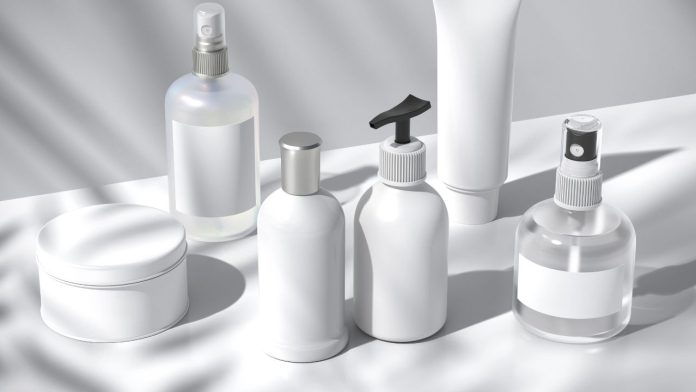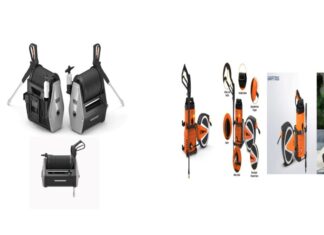The cosmetic industry is evolving around multiple factors such as changes in customers’ preferences, technological changes, and the currently adopted environmental conservation measures. The following are some of the trends that will define the cosmetic packaging supplier market up to the year 2025. The brands that will succeed in these changes will improve their positions in the market and satisfy the new level of consumers’ needs and demands in terms of environmental and digital aspects. Let us now explore in deeper detail some of the future trends for Cosmetic Packaging.
Sustainability Takes Center Stage
Sustainability is no longer something that people think of as fluff on the side, but it is something core to everyone’s mold. Cosmetic packaging in the next four years is expected to be environmentally conscious, more than the previous years. The cosmetic industry will be expected not to use plastics that are not recyclable or reusable. Also, not biodegradable, recyclable materials. This move fits well in the growing shift towards a circular economy, whereby there is an effort to reduce as much waste as possible and recycle.
Some of the packaging that is likely to emerge include the mono-material packaging which uses a single material for easy recycling. They also make the process of recycling easier and help in preventing pollution of the environment. Also, plastics produced from renewable sources such as corn or sugarcane will be more popular as the concentration of CO2 emissions decreases. Some of these bio-based materials are easier to degrade than regular plastics which means that the long-term impacts of packaging waste will be lower.
Refillable Packaging Gains Popularity
Reusable containers are expected to grow into a global trend in the next several years due to the increasing environmental awareness of consumers and companies. This approach entails creating packaging which can be recycled to be refilled instead of being used only once in its lifetime and subsequently being disposed of. For instance, brands may provide take-style containers for the skincare products whereby, clients can buy refills while taking tiny and recyclable packages.
In this regard, people embrace fillable containers so that there will be less plastic waste, and as for brand recognition, customers would be more engaged with their products. It also means that brands can sort sustainable solutions according to the price and, thereby, make sustainable choices more affordable to the customers. Also, reuse, with such containers contributes to the preservation of a brand’s green image and targets the growing population of environmentally conscious consumers.
Minimalism and Functionalism as a Dominant Trends
Minimalism and functionalism are some of the trends that consumers look for now and in the future which will make minimalist packaging design more dominant by 2025 in the cosmetic industry. As a result of the changes and expectations that consumers put on brands, one can predict that the packaging industry will especially concentrate on the design of attractive and efficient packaging. This trend aligns with increasing customer appetite for designs that enable easy interaction with products.
Minimalist design refers to utilization of basic lines, clear display of fonts, and backgrounding of plain or natural colors. It also is attractive to aesthetic-conscious consumers and decreases the quantity of material used in packaging to meet green goals. Further, there will be more functional innovations as airless pumps or precision applicators hence giving consumers more convenience and product effectiveness. This approach means that brands pay attention to both the aesthetics and the purpose of the packaging so that on one hand you have aesthetic packaging, and on the other hand, you have packaging that is functional in the sense that the final user has an enhanced experience.
Personalization Becomes a Standard
Product customization in cosmetic packaging is expected to remain a norm by 2025 due to consumer differentiation by the brands. There will be more innovations in digital print that will make brands possible to provide different packaging types that are favorable to the customers in the market. For instance, it is not unusual for consumers to be provided with an option of color, design, or even the name printed on the packaging of their products.
This trend not only optimizes the presentation of the goods to the consumer but also increases the emotional bond between the brand and its clients. Personalization can also be taken in the actual composition of products, where packaging can reflect the individual components of the person or the advantage that the product brings to the user. This level of customization will probably become one of the important factors that will dictate how brands compete for market share and how they can better engage their customers.
Conclusion
All in all, it will be possible to conclude that the trends in cosmetic packaging by 2025 will be dictated by the general shifts in society’s values and technological progress. The brands that have chosen the focus on sustainability, integration of the smart technologies, and provision of individual, minimalistic designs will not only fulfill the expectations of the contemporary consumer; moreover, they will define new industry standards. Cosmetic packaging is set for a brighter future where advancements will act in the best interest of the world in which we live.














